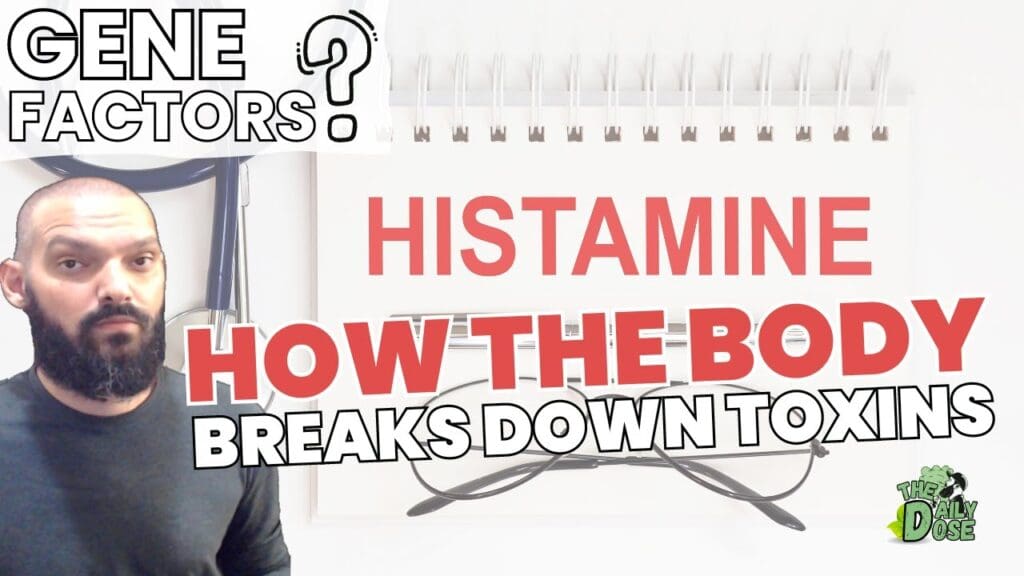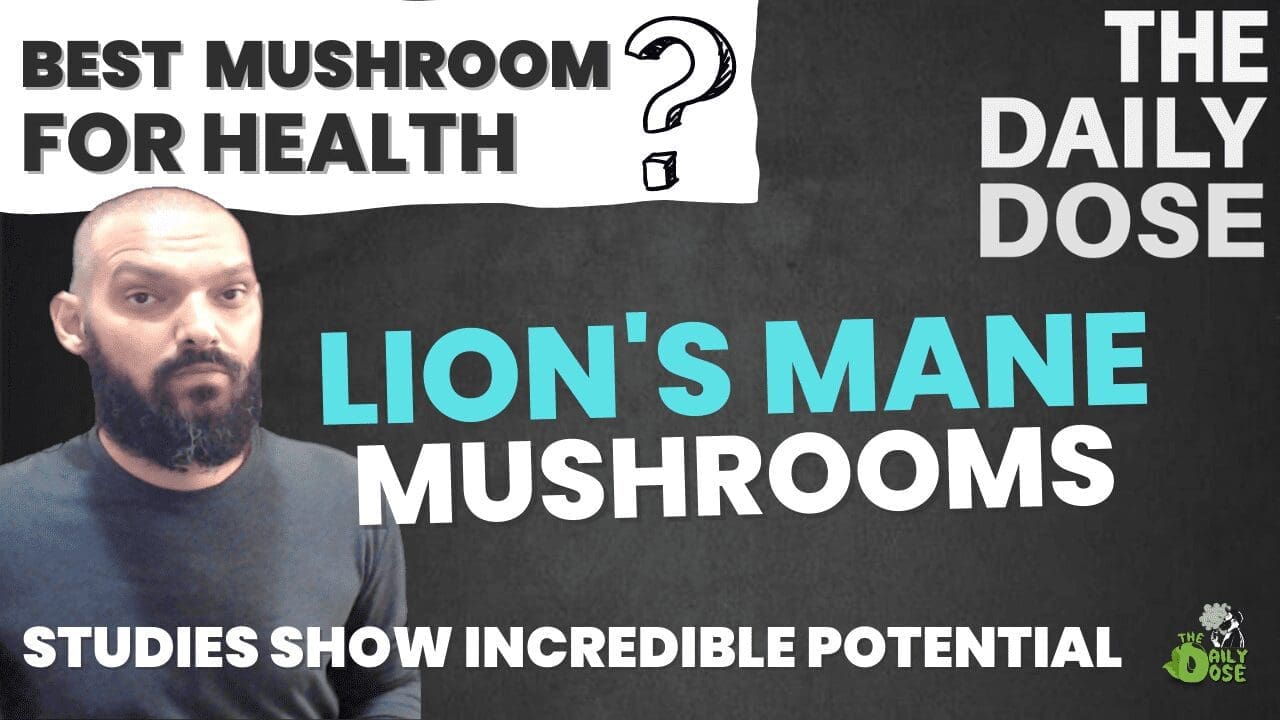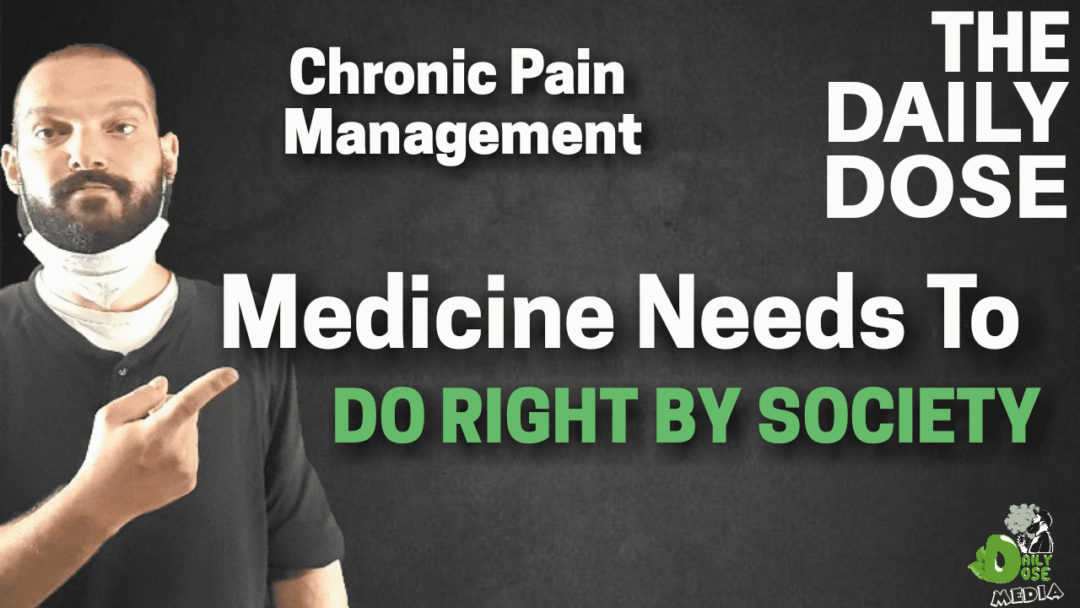Listen to the full episode here: The Daily Dose Podcast
Table of contents
- What Is Histamine Intolerance: The Breakdown
- Key Take Away
- 1. Introduction:
- 2. Understanding Histamine Intolerance
- 3. Symptoms of Histamine Intolerance
- 4. Triggers of Histamine Intolerance
- 5. Diseases Linked to Histamine Intolerance
- 6. Managing Histamine Levels Through Diet
- 7. Balancing the Diet: Foods to Include
- 8. Addressing Histamine Intolerance
- 9. Diagnostic Approaches for Histamine Intolerance
- 10. Outlook on Histamine Intolerance
- 11. Conclusion: Navigating Histamine Intolerance with Knowledge
- FAQs
What Is Histamine Intolerance: The Breakdown
Key Take Away
- Definition and Cause: Histamine intolerance arises when there’s an imbalance between accumulated histamine and the capacity of the body to break it down, primarily due to deficient activity of the enzyme diamine oxidase (DAO).
- Symptoms: It manifests through a wide array of symptoms, including headaches, skin irritation, digestive issues, nasal congestion, fatigue, and, in severe cases, anaphylaxis-like reactions.
- Dietary Influence: Certain foods high in histamine or that release histamine, such as aged cheeses, alcohol, and fermented products, can exacerbate symptoms, making dietary management a crucial aspect of dealing with the condition.
- Diagnosis Challenges: Diagnosing histamine intolerance is complex and often involves a process of elimination, including food diaries and elimination diets, due to the overlap of its symptoms with other allergic reactions or intolerances.
- Treatment Approaches: Management primarily includes a low-histamine diet, lifestyle modifications to reduce stress (which can trigger histamine release), and in some cases, supplements like DAO enzymes to aid in histamine breakdown.
1. Introduction:
Histamine intolerance, characterized by elevated histamine levels, primarily affects the gastrointestinal system. This comprehensive guide explores the nuances of histamine intolerance, its symptoms, triggers, associated diseases, dietary management, and diagnostic approaches.
SUMMARY
Histamine intolerance is a condition where the body’s ability to break down histamine is overwhelmed, leading to a variety of symptoms like headaches, digestive issues, and skin irritation. Managing the condition involves a combination of dietary adjustments, lifestyle changes, and sometimes supplements to help reduce histamine levels and alleviate symptoms.
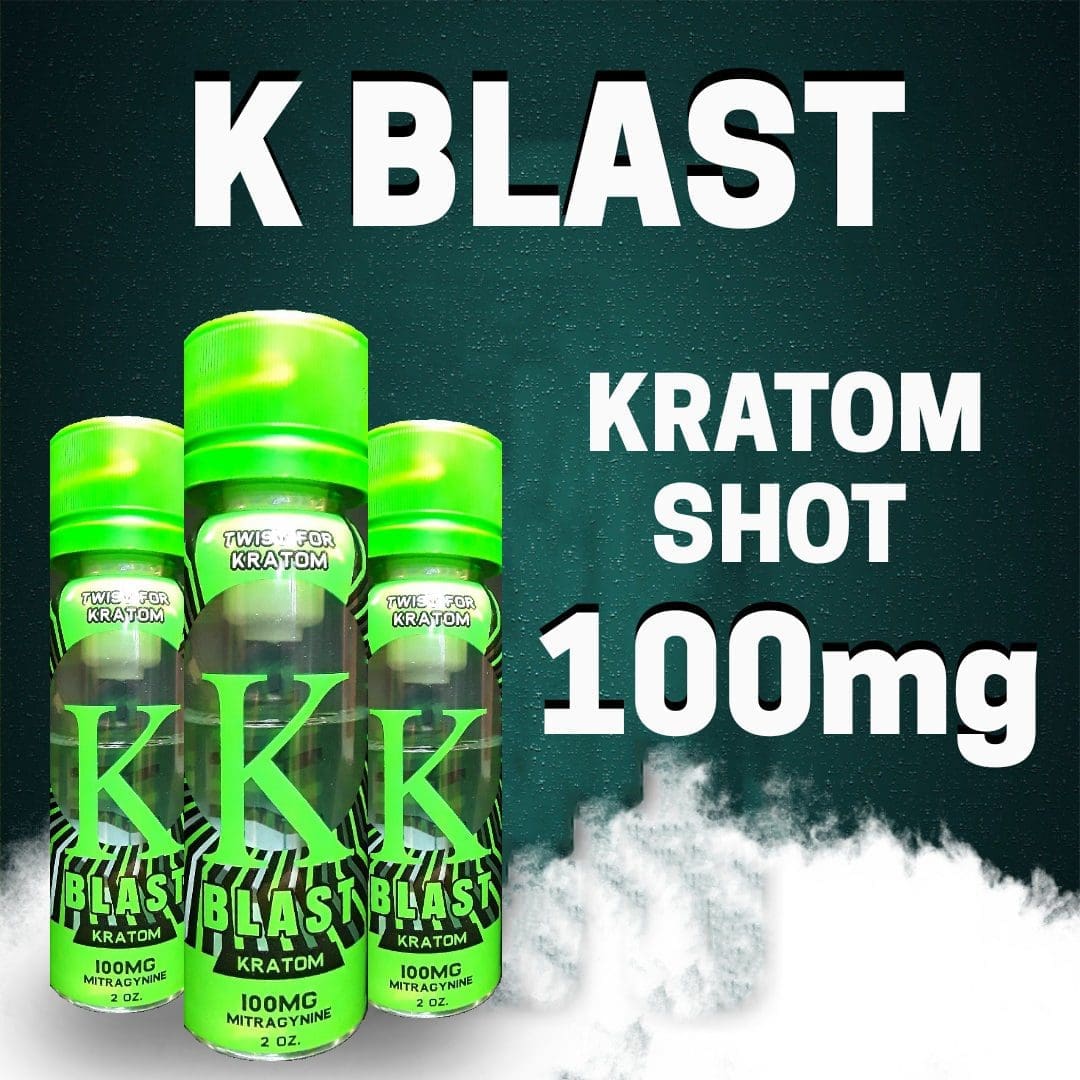
2. Understanding Histamine Intolerance
Functions of Histamine
Histamine serves crucial roles in messaging to the brain, aiding digestion through stomach acid release, and participating in immune responses after injury or allergic reactions. Excessive histamine or impaired breakdown processes can disrupt normal bodily functions.
Development of Histamine Intolerance
Histamine intolerance is not a sensitivity but an accumulation of histamine. Understanding the imbalance in histamine levels is essential to grasp the intricacies of this condition.

3. Symptoms of Histamine Intolerance
Nonspecific Nature of Symptoms
Histamine intolerance manifests through various symptoms, often resembling other conditions. This nonspecificity poses challenges for accurate diagnosis.
Common Gastrointestinal Symptoms
Gastrointestinal symptoms, including digestive issues, abdominal pain, and nausea, are prevalent in histamine intolerance. A 2019 study highlighted the diversity of symptoms experienced by participants.
Other Reactions and Severity Levels
Beyond gastrointestinal issues, histamine intolerance may cause headaches, fatigue, skin reactions, and more severe manifestations such as high blood pressure and irregular heart rates.
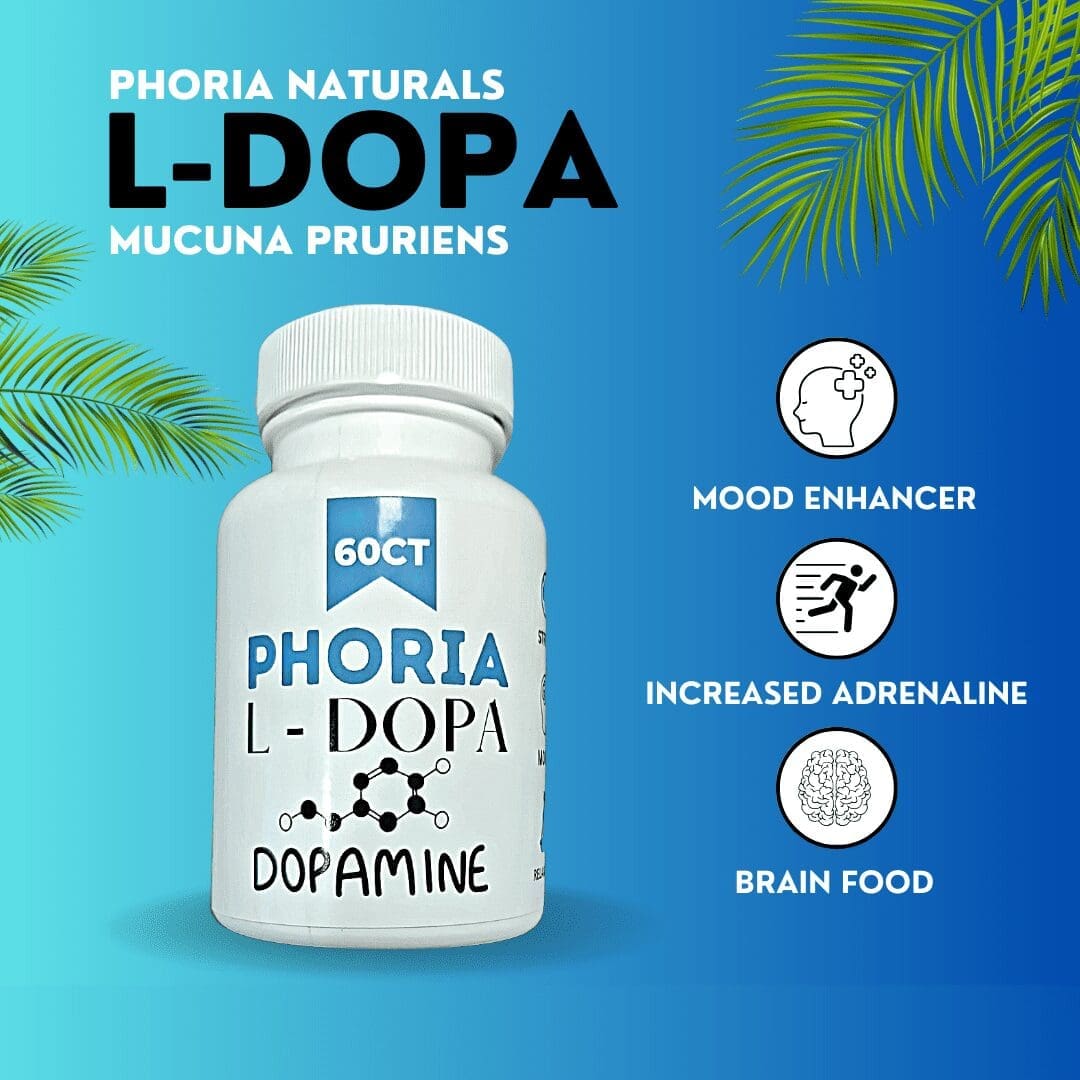
4. Triggers of Histamine Intolerance
Genetic Factors and DAO Enzyme
Genetic mutations impacting DAO production can contribute to histamine intolerance. Understanding the genetic component is crucial for personalized treatment.
Medications and Temporary DAO Blockage
Certain medications can interfere with DAO function, leading to temporary histamine accumulation. Awareness of these drugs is vital for managing intolerance.
Gastrointestinal Disorders and DAO Deficiency
Histamine intolerance often arises from DAO deficiency linked to gastrointestinal disorders. Conditions like IBD and malabsorption can exacerbate the imbalance.
Dietary Factors and Histamine-Rich Foods
Histamine-rich foods and those triggering histamine release can contribute to intolerance. Dietary adjustments play a significant role in managing histamine levels.
Bacterial Overgrowth and Histamine Production
Bacterial overgrowth due to improper digestion can elevate histamine levels. This imbalance, coupled with DAO enzyme inadequacy, creates a conducive environment for intolerance.
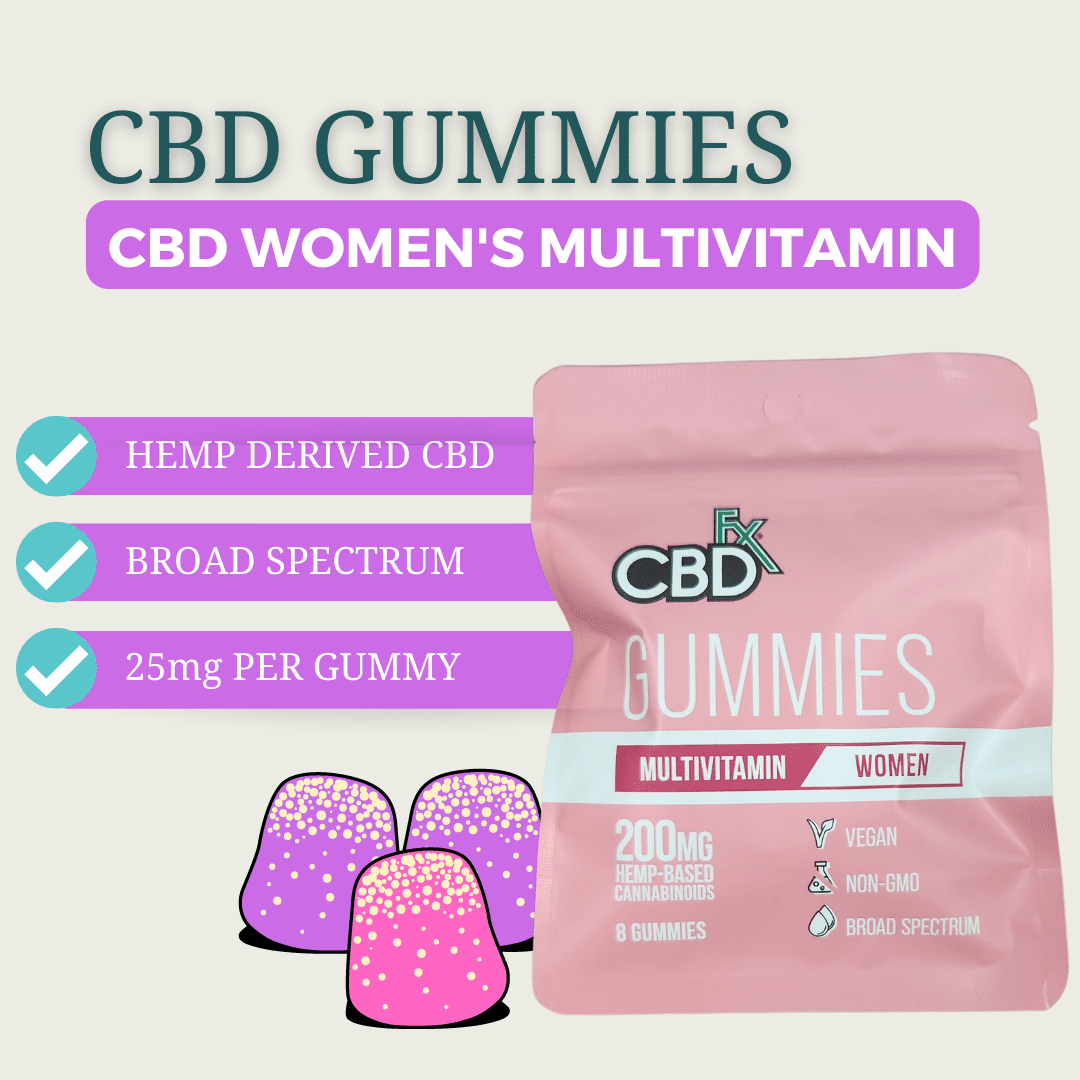
5. Diseases Linked to Histamine Intolerance
Gastrointestinal Disorders as Precursors
Histamine intolerance often finds its roots in gastrointestinal disorders like IBS, IBD, and malabsorption. Addressing these underlying conditions is essential for managing intolerance.
The Relationship with Colon Polyps, Malabsorption, and Food Allergies
Certain diseases, such as colon polyps, malabsorption issues, and food allergies, can contribute to histamine intolerance. Understanding these connections aids in comprehensive treatment.
Impact of IBD, IBS, and Functional Dyspepsia
IBD, IBS, and functional dyspepsia increase the likelihood of developing histamine intolerance. Recognizing these associations guides healthcare professionals in accurate diagnosis and intervention.
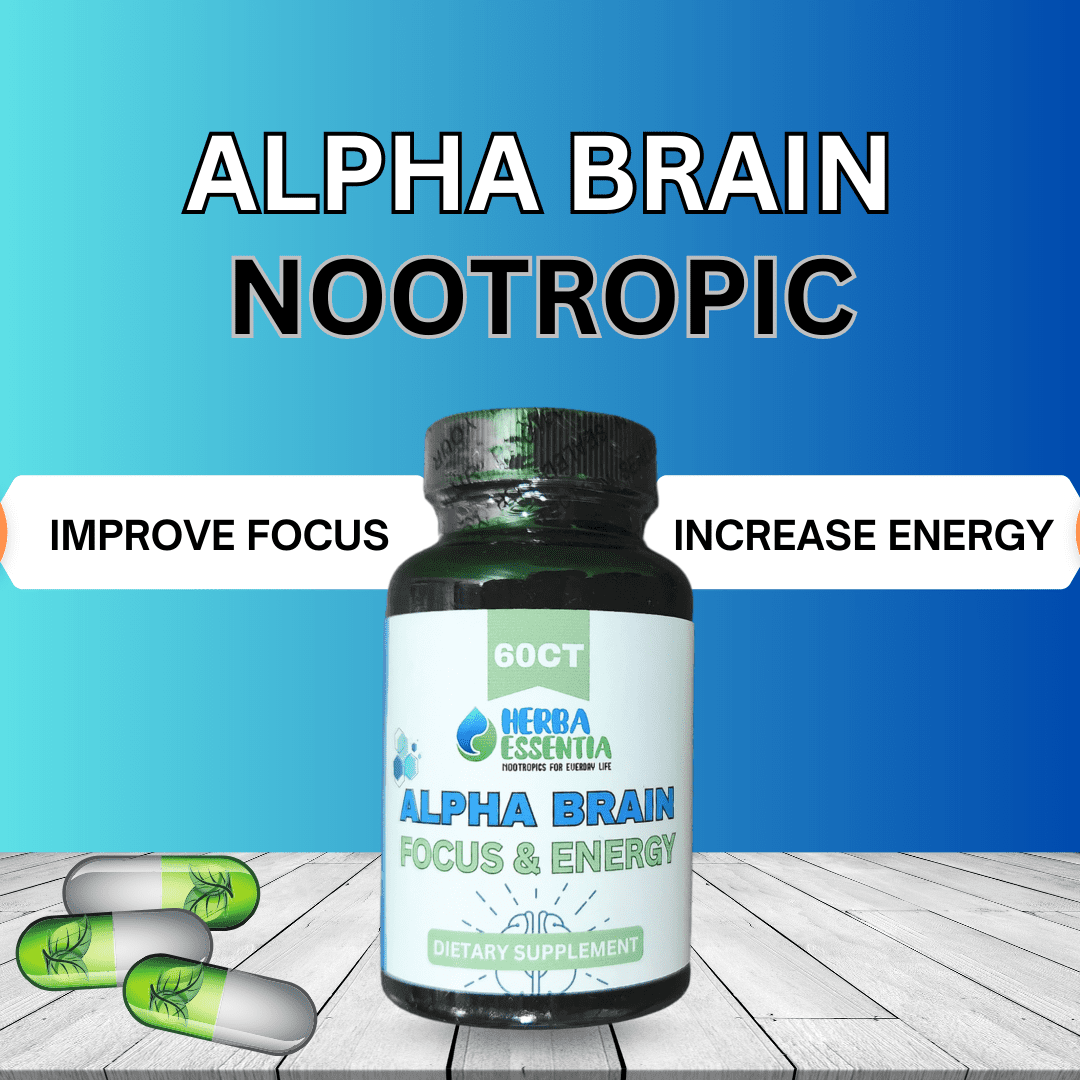
6. Managing Histamine Levels Through Diet
Foods to Limit: Histamine-Rich Options
Limiting histamine-rich foods and drinks blocking DAO production is a common strategy. However, the effectiveness of histamine-limiting diets is an evolving area that requires further research.
Food Triggers and Drinks Blocking DAO Production
Identification of specific food triggers and drinks inhibiting DAO production is crucial for individuals managing histamine intolerance. Personalized dietary adjustments play a pivotal role.
The Uncertain Landscape of Histamine-Limiting Diets
While histamine-limiting diets may benefit some individuals, the variability in research findings suggests an uncertain landscape. Systematic reviews emphasize the need for personalized approaches.
Systematic Review Insights
A 2021 systematic review challenges conventional lists of high-histamine foods. Citrus fruits and fish, typically labeled high-histamine, showed low histamine levels in the review. Personal experimentation may guide dietary decisions.
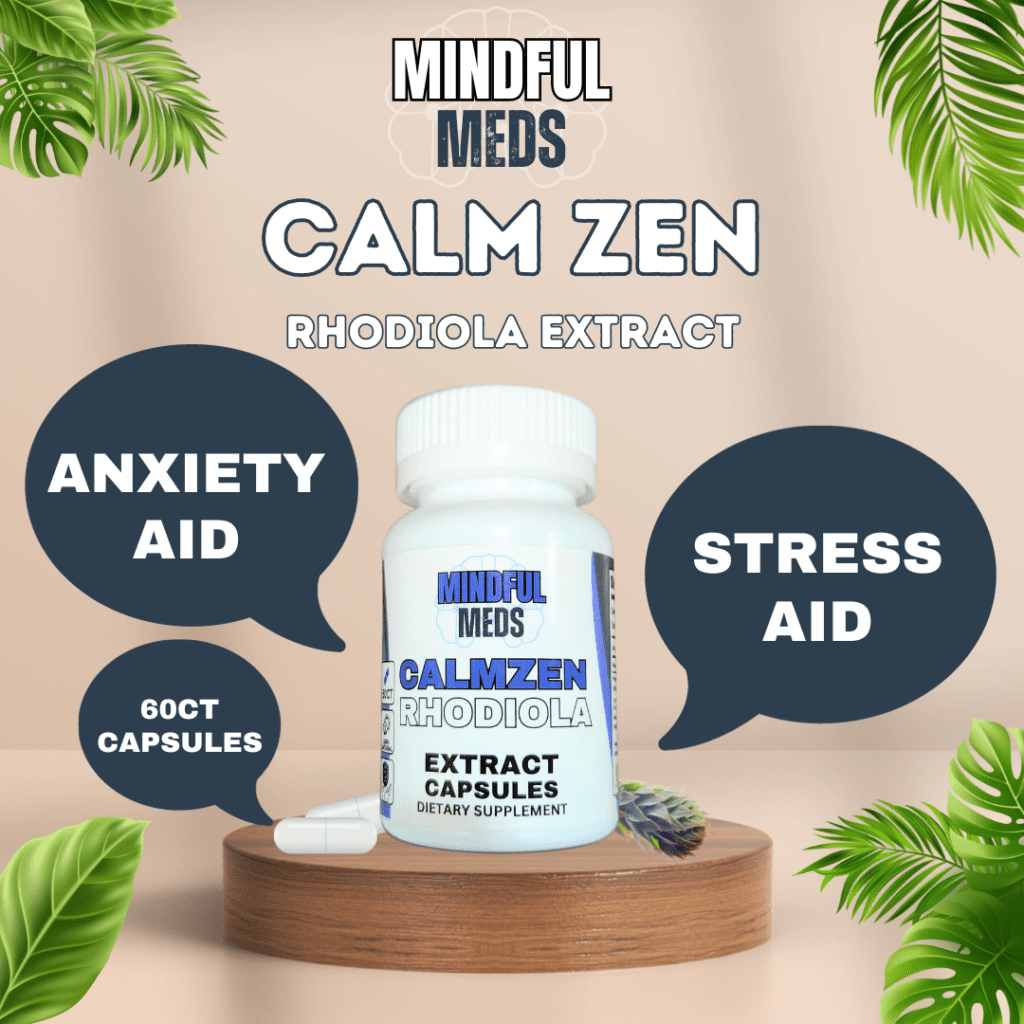
7. Balancing the Diet: Foods to Include
Low-Histamine Alternatives
Incorporating low-histamine foods into the diet helps mitigate symptoms. Fresh meat, non-citrus fruits, eggs, gluten-free grains, and certain dairy substitutes offer alternatives for individuals with histamine intolerance.
Professional Guidance in Dietary Changes
Consulting healthcare professionals, particularly dieticians, is crucial before making significant dietary changes. Personalized advice ensures a balanced approach to managing histamine intolerance.
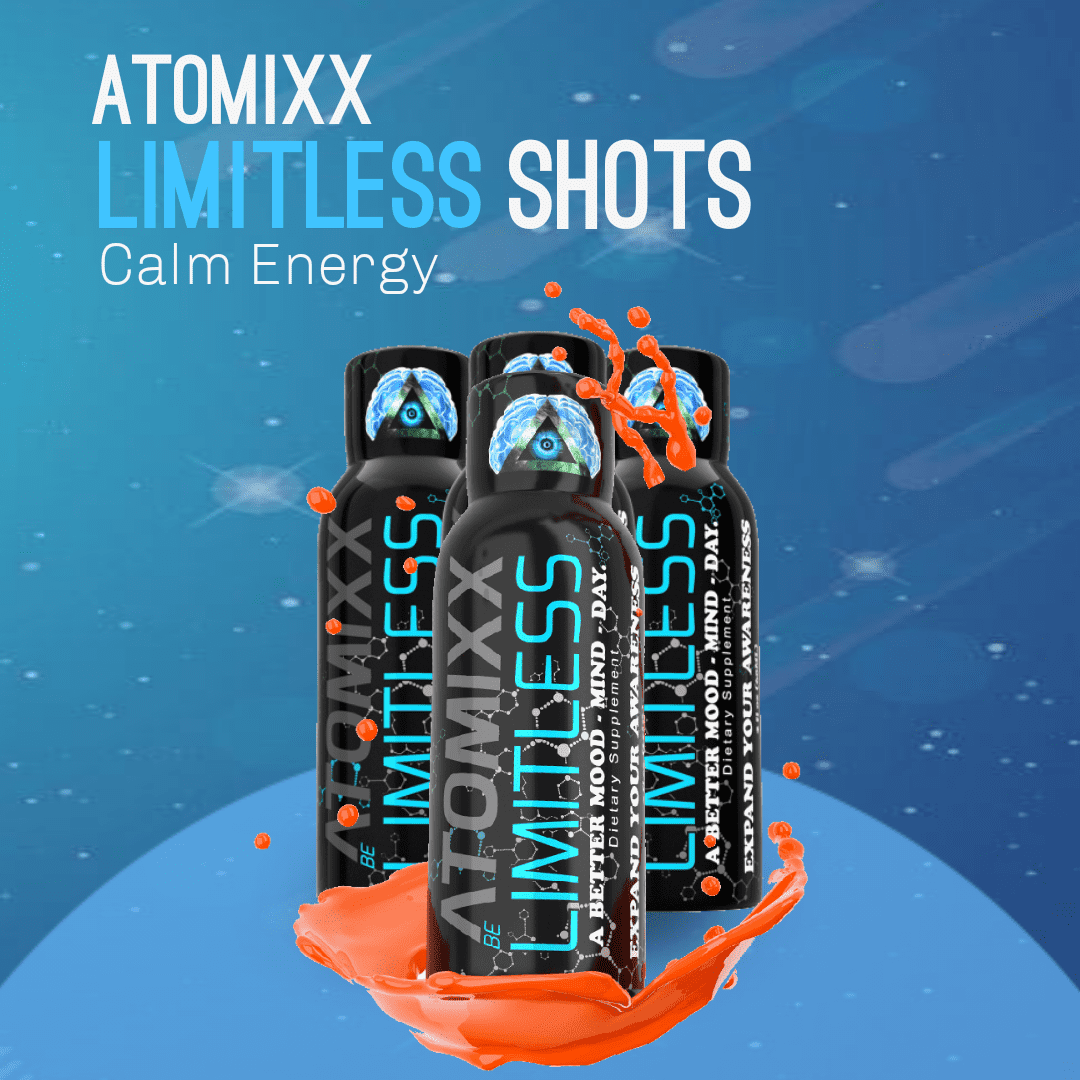
8. Addressing Histamine Intolerance
Short-Term Relief with Antihistamines
Antihistamines provide short-term relief from histamine intolerance symptoms. While effective, they offer temporary solutions rather than addressing the root cause.
Potential Benefits of DAO Supplements
DAO supplements may offer relief by supporting histamine breakdown. However, further research is necessary to establish their efficacy and long-term impact on histamine intolerance.
Limitations and Need for Further Research
The management of histamine intolerance has limitations, and more research is needed to enhance our understanding of effective interventions. Addressing the root causes remains a priority for comprehensive treatment.
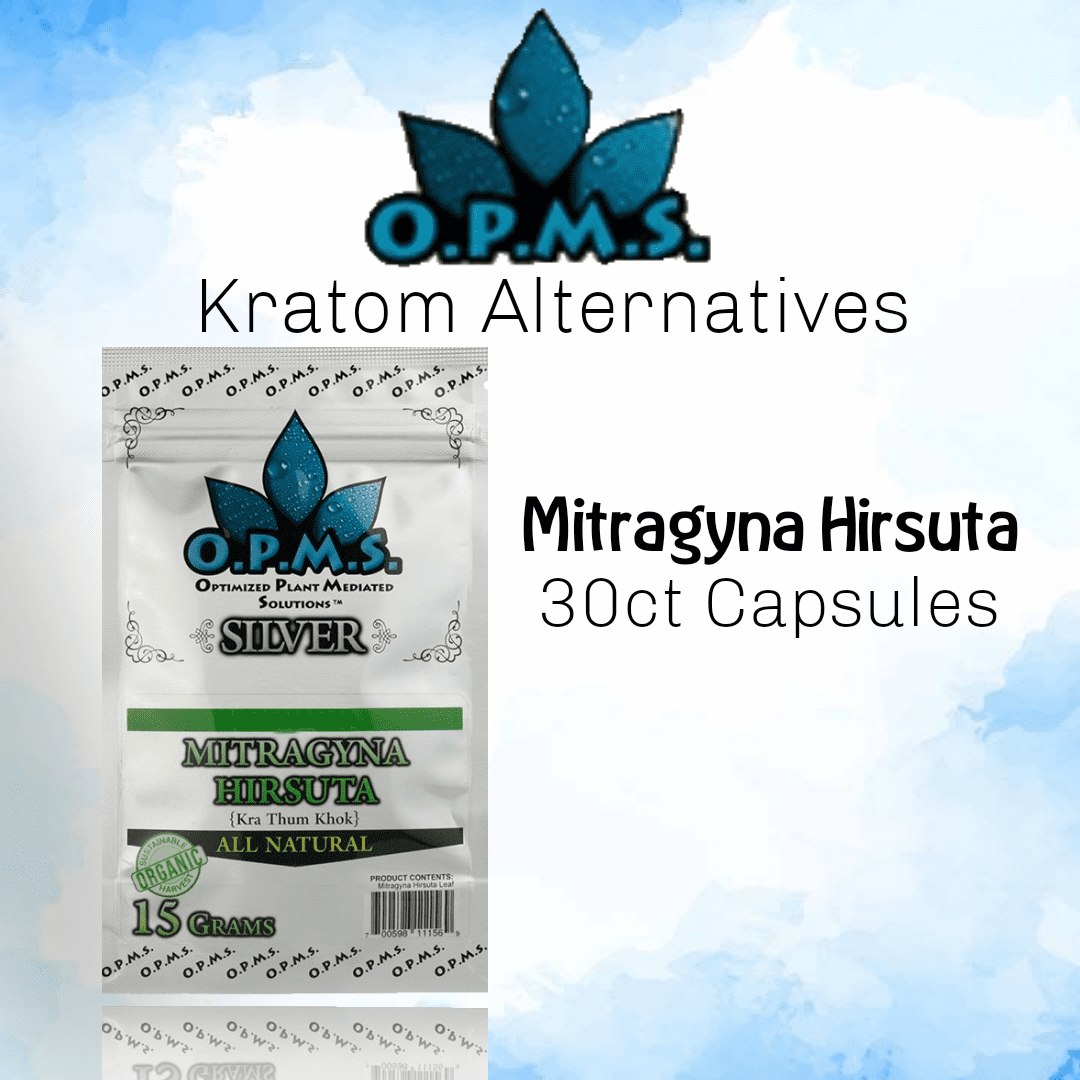
9. Diagnostic Approaches for Histamine Intolerance
Elimination Diets and Reintroduction
Diagnosing histamine intolerance often involves elimination diets followed by gradual food reintroduction. Monitoring reactions during this process aids in identifying trigger foods.
Blood Sample Analysis for DAO Deficiency
Analyzing blood samples helps identify DAO deficiency, a common factor in histamine intolerance. This diagnostic approach provides valuable insights into the underlying causes.
Prick Tests for Histamine Intolerance
Prick tests offer an alternative diagnostic method, requiring a longer waiting period than typical allergy tests. This approach helps identify histamine intolerance and guide personalized treatment.
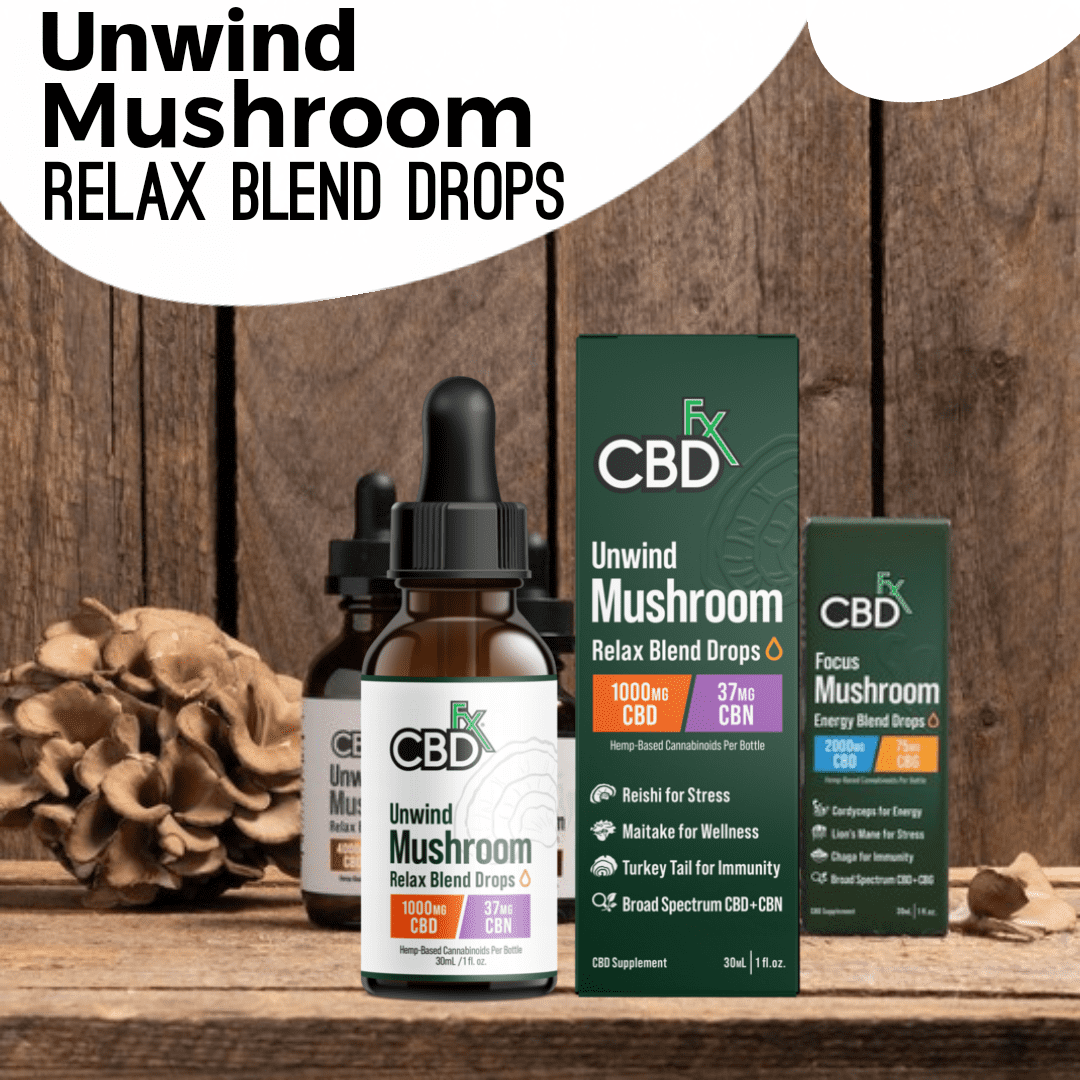
10. Outlook on Histamine Intolerance
Uncomfortable Symptoms and Their Impact
Histamine intolerance can cause discomfort and disrupt daily life. Understanding the impact of symptoms on overall well-being emphasizes the importance of accurate diagnosis and management.
Diagnostic Challenges and Similar Conditions
Diagnosing histamine intolerance poses challenges due to symptom overlap with other allergens, disorders, or infections. Thorough evaluation and consultation with healthcare professionals are essential.
Seeking Medical Advice for Intolerance or Irregular Symptoms
Individuals suspecting histamine intolerance or experiencing irregular symptoms should seek medical advice. Professional guidance ensures proper diagnosis, effective management, and improved quality of life.
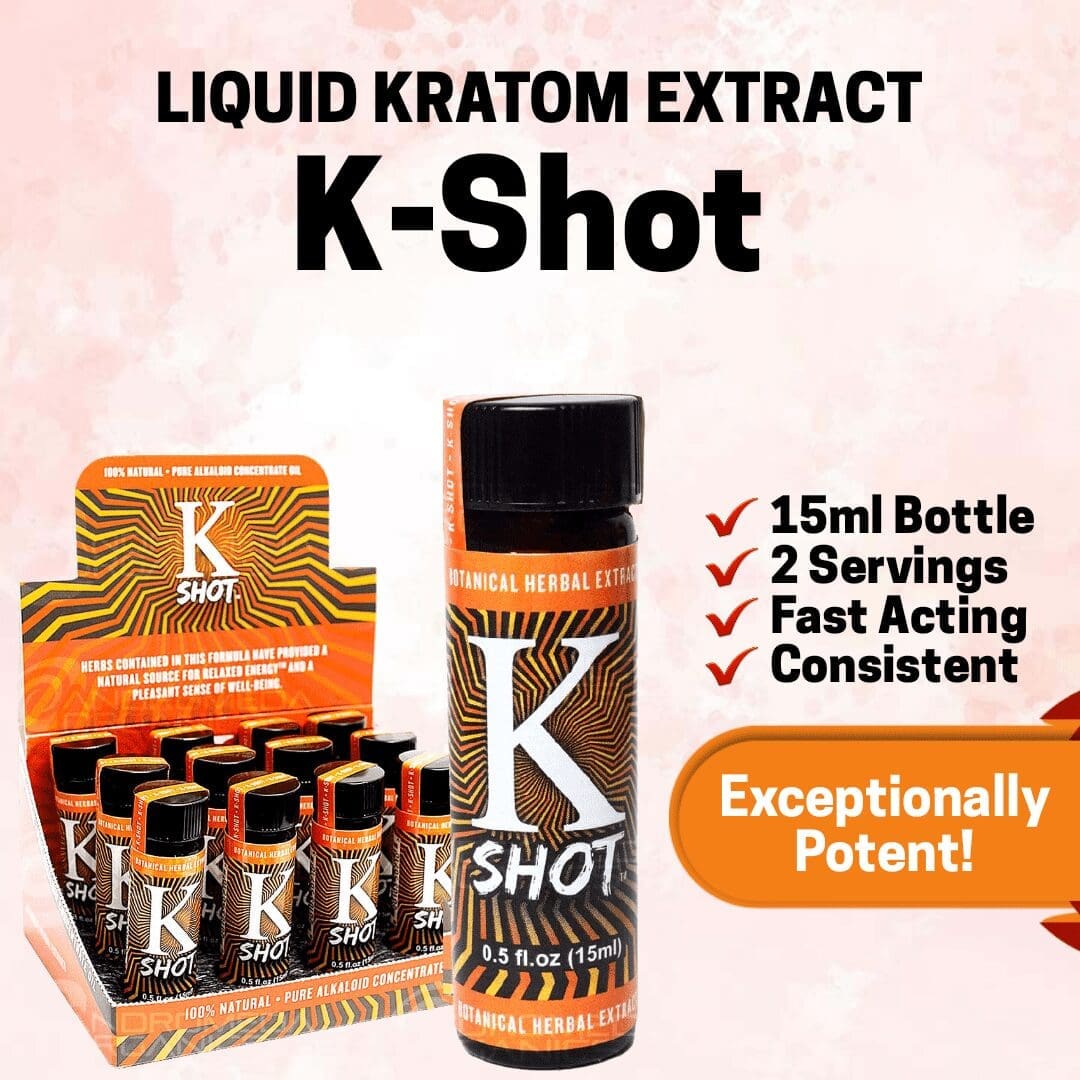
11. Conclusion: Navigating Histamine Intolerance with Knowledge
Histamine intolerance presents a complex interplay of genetic, dietary, and physiological factors. Navigating this condition requires an understanding of its origins, symptomatology, triggers, and potential management strategies. Seeking professional advice and staying informed empower individuals to make informed decisions for their well-being.
FAQs
The timeframe for symptom manifestation varies among individuals. It can range from minutes to hours, making careful observation crucial during elimination diets.
Histamine intolerance can develop suddenly or progress gradually. Various factors, including genetics and dietary choices, contribute to its onset.
While dietary adjustments and antihistamines are common approaches, alternative therapies and complementary interventions are areas of ongoing research. Consultation with healthcare professionals can guide personalized treatment plans.
Histamine intolerance can affect individuals of all ages, including children. Pediatric cases may require specialized attention, and parents should consult healthcare providers for appropriate guidance.
The outlook for histamine intolerance varies among individuals. While some may manage symptoms effectively with dietary changes, others may require ongoing management. Long-term resolution depends on factors such as the underlying cause and individual response to treatment.
Related Articles:
- Disease And Illness Redefined With Genetics
- Best Kratom Replacement Kanna Top 5 Facts
- The Cannabis Opioid Conundrum: Facts Now
- How Is CBD Manufactured What To Know Now
Meet The Author


